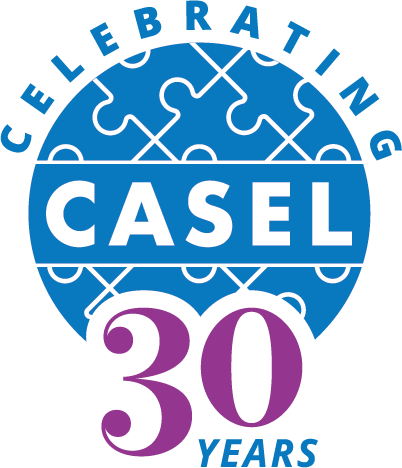As demand for social and emotional learning (SEL) continues to grow, so does SEL implementation. However, all approaches to SEL are not equal. Systemic SEL is an approach to create equitable learning conditions that actively involve all Pre-K to Grade 12 students in learning and practicing social, emotional, and academic competencies. Learn more about systemic SEL.

Systemic Implementation
A systemic approach ensures that SEL is woven into all students’ educational experiences. More than a single lesson or activity, SEL is integrated across key settings where students live and learn: classrooms, schools, homes, and communities. It also aligns school district and state policies, resources, and actions to support SEL. Federal policies play a role in creating ripe conditions for supportive environments and rich learning experiences.Classrooms are at the heart of education. By creating a supportive classroom environment, building trust and relationships, teaching SEL through evidence-based programs, and providing opportunities to practice social and emotional competencies during all subjects, classroom educators provide a strong foundation for students’ learning and development.
Schoolwide SEL creates caring learning environments and actively engages all students and adults in practicing and modeling SEL. When SEL practices are integrated throughout all parts of the school, from the cafeteria to the hallway to the playground, students have more opportunities to thrive, and school educators are better prepared to bring their best selves to their work.
Families are children’s first teachers. As experts in their children’s development, interests, cultures, and strengths, they are critical partners in helping shape SEL implementation in school while helping to coordinate SEL practices across home and school so young people experience SEL in every part of their lives.
Students thrive when they’re supported by a network of adults who nurture their learning and development. Community organizations and schools can partner to ensure students hear a common message about SEL and have opportunities throughout the day to develop healthy relationships, share their feelings and perspectives, and pursue goals and interests.
In districts, SEL is a unifying thread. From the superintendent’s office to academics and other core priorities to the school principal’s office and the classroom, SEL helps ensure that district priorities, policies, and practices foster caring, supportive environments and promote all students’ social, emotional, and academic growth.
Success in the classroom is more likely when state policy supports the conditions where SEL can thrive at the community, district, and school levels. State leaders can establish learning benchmarks, guidelines, and goals and provide funding and professional development to promote high-quality, systemic SEL.
U.S. federal policy plays a key role in creating conditions that support statewide and districtwide SEL implementation. Key federal legislation and policies, such as the American Rescue Plan (ARP), Every Student Succeeds Act (ESSA), and SEL in workforce policies, help ensure that all students experience the full benefits of SEL.
